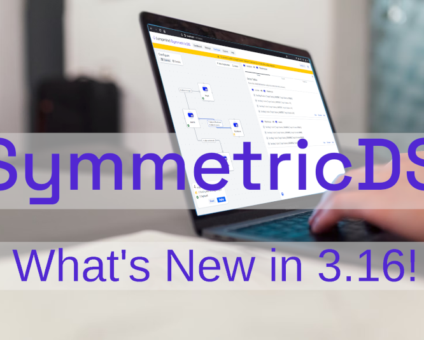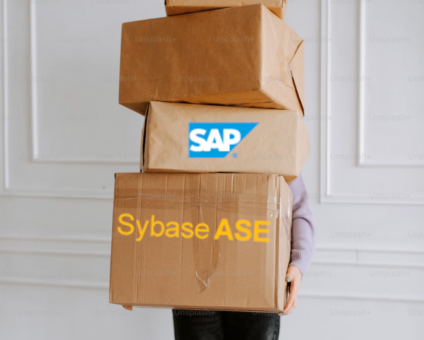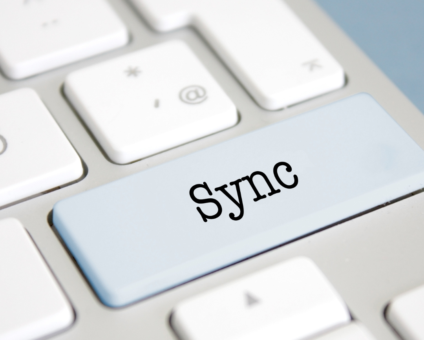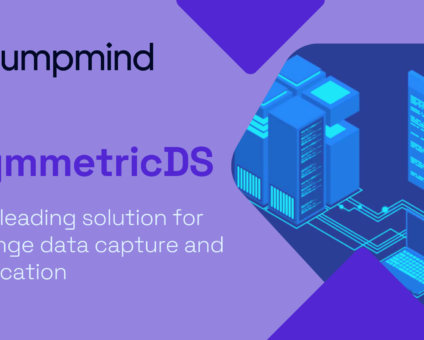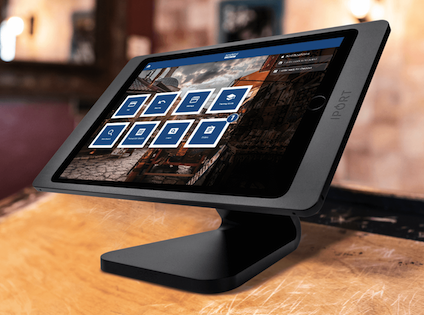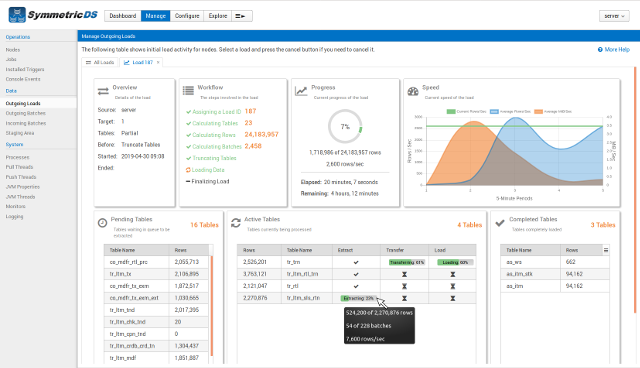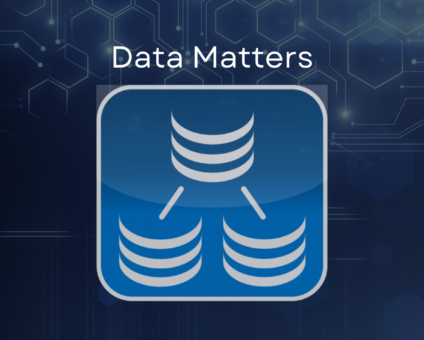Physical retail is still where the magic happens. According to new research by RSR, 85% …
![]()
Cloud-native POS platform for seamless omnichannel customer experience.
![]()
A single hub for all promotions campaigns.
- Omnichannel ExperienceCreate seamless customer experiences
- Device IndependencePOS agnostic to form factor or operating system
- Self-CheckoutDo more with fewer associates
- Mobile StoreLeverage POS from anywhere
- POS on the GoEnable associates to sell outside of the store
- Unified PromotionsStreamline and simplify promotion workflows
- CX ConnectAllow customers to engage with POS during checkout
- Composable CommerceCreate the store experience you want
![]()
The most advanced synchronization solution for databases and file systems.
![]()
Data configuration and batch automation across different disparate systems and vendors.
-
Data Replication
- Multi-tier DistributionReplicate thousands of remote locations
- Cloud Database ReplicationCapture live changes from on-premise to the cloud
- High Availability and Load BalancingEnsure 24/7 access to data and scale efficiently with demand
- Analytics and ReportingCapture the whole picture with real-time reporting
- Multi-masterMaintain consistency of data in a peer to peer setup
- Data WarehouseReplicate live and historical data to a warehouse
- MigrationsConduct live data migration with no downtime
-
-
Data Integration
- Master Data ManagementChanges propagate across the entire system, allowing you to maintain a centralized view of all parts of your core business entities.
- Application IntegrationReduce dependencies, complexity, and risk to build a high-performance, data-driven application.
- Web ServicesIntegrate multiple systems using web services or build a business application using a service-oriented architecture.
- Data WarehouseIntegrate disparate data from multiple systems so you can transform data for better business intelligence and reporting.
- Data MigrationConduct live data migration during critical server replacements, storage upgrades, and data center relocations—with no downtime.
- ImplementationIntegration consultants help design, develop, and deploy an implementation of our products.
- DevelopmentThe product developers can add features, enhance existing functionality or build support for new platforms.
- TrainingEngage our experienced training resources to gain in-house knowledge and expertise on Jumpmind products.
- SupportLeverage product engineers to resolve issues, fix defects and provide updates or patches.
- Proof of ConceptDetermine the feasibility of implementing our products and get answers to your questions quickly.
Beyond the Hype: What Retailers Really Want from Tech in 2025 Europe’s biggest retail conference …
What a fun week it was for women from across the country who came together …
View all Blog Posts
The new release of SymmetricDS Pro 3.16 data replication software simplifies setup, improves performance, and …
Sybase ASE (more recently known as SAP Adaptive Server Enterprise), announced its end of mainstream …
Azure Blob Storage has become a popular option for storing files in the cloud. And …
View all Blog Posts
Jumpmind Powers Point of Sale and Promotions Execution for Landmark Retail, One of the Largest …
Retail Technology Leader Jumpmind to Enable Mobile Point of Sale and Inventory Management for DTLR/VILLA …
The retailer is charting its next chapter with retail technology modernization to power inspired omnichannel …
View all Customer Stories
43 percent say handling online order returns in-store is a top challenge, and that increases …
After nearly a century in business, the legendary Canadian fashion retailer is retooling to streamline …
The Solution Addresses Modern Retail Challenges with Innovative Promotions to Captivate Inflation-Weary Shoppers NRF 2024, …
View all Blog Posts
![]()
Cloud-native POS platform for seamless omnichannel customer experience.
![]()
A single hub for all promotions campaigns.
![]()
The most advanced synchronization solution for databases and file systems.
![]()
Data configuration and batch automation across different disparate systems and vendors.
-
Data Replication
-
-
Data Integration
-
Retail Retail trends, technology, and enhancing the customer experience
-
Data Thoughts on data matters, dialects, performance, and security
-
Customer Stories How Jumpmind impacts the businesses of our clients
-
Videos & Webinars Watch on demand demos, reviews, and tours of our products
-
Company News Get the scoop on Jumpmind's growth and impact
View all Blog Posts
Outgoing Loads – Get the Details

The initial data load is an important first step for data replication, so in the latest version 3.10 of SymmetricDS Pro, we worked hard to improve the Outgoing Loads screen to make it easy to follow progress and see how long the load will take. Here are some highlights that benefit long-running loads.
Loading Summarized
Found under Manage -> Outgoing Loads on the menu, this screen has been the place to go for a summary of data loads. In SymmetricDS Pro version 3.10, it has some new summary statistics and new buttons. First, you’ll notice it shows the number of tables and rows for the load, which is much easier to think about than batches. It also has a progress bar with a percent complete, based on the number of rows loaded so far. Instead of switching to the Nodes panel, there’s a “Load Data” button right here to start a new partial or full load.
Diving into Details
By clicking on the magnifying glass icon, it opens a view consisting of mini panels of information about the load, each one updating with every refresh interval.
There’s a lot of information on the screen, so let’s describe each of these mini panels:
- Overview
- Basically, it describes which data load this is. How the load was configured, including the nodes involved, whether a full or partial load, the start/end time, and any options selected.
- Workflow
- Lists each step of the data load, which includes preparation steps like estimating the number of rows and creating batches that will fill with data. It’s helpful to see movement here even before data begins extracting and loading.
- Progress
- Pie chart with overall percentage complete, based on the number of rows shown below it. It also shows the current data load rate and estimates the total time until completion.
- Speed
- Line chart that graphs the number rows (in blue) and bytes (in orange) loaded over time, plus a green line across showing the current rate. It helps to see the loading rate of both rows and bytes to understand if performance is being maintained.
- Pending, Active, Completed Tables
- Three panels list which tables are waiting to extract, currently being worked on, or completely loaded. The active tables in the center have progress bars for extract, transfer, and load. By hovering over a progress bar, it will show some underlying statistics like rows per second.
Conclusion
The enhanced Outgoing Loads screen answers the questions we’re continually asked during projects. Questions like, “How long will the data load take?” And also “What table is being loaded right now?” While we’re used to thinking about batches for SymmetricDS, summarizing data load progress in terms of tables and rows is more familiar to users. We’ve tried to make your first encounter with data replication a good one, but we’re always open to ideas to make it better, so let us know what you think!




